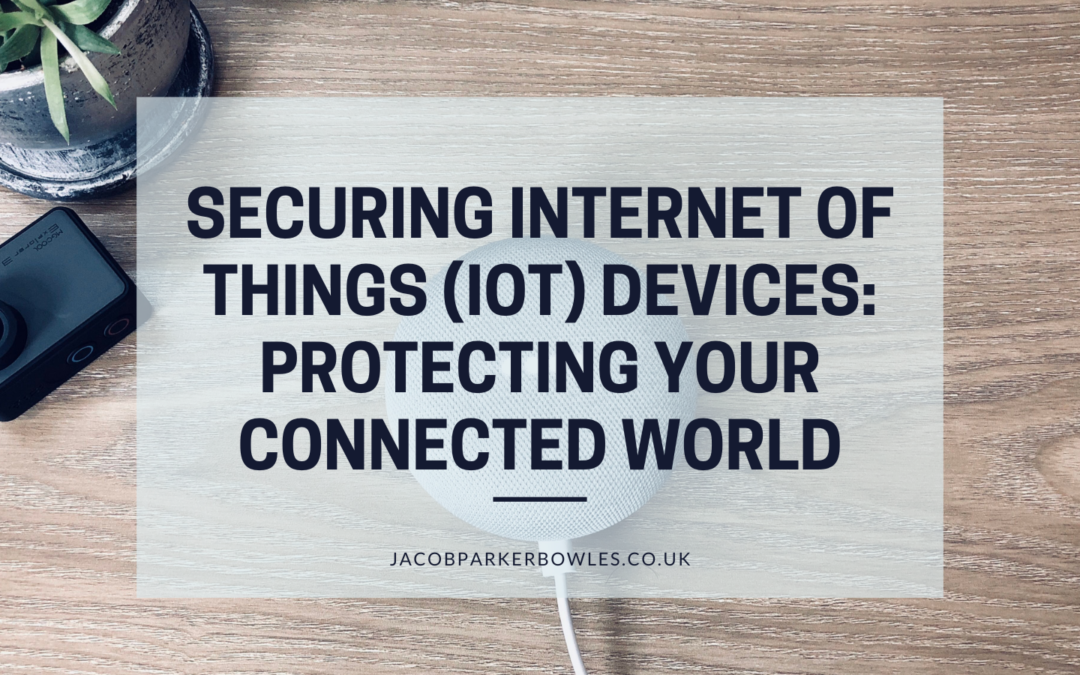As the Internet of Things (IoT) continues to expand, connecting various devices in our homes and workplaces, it is crucial to prioritize the security of these interconnected systems. The proliferation of IoT devices brings convenience and efficiency but presents new cybersecurity challenges.
Understanding IoT Security
The Vulnerabilities of IoT Devices:
IoT devices can be vulnerable to security risks due to weak default settings, lack of firmware updates, and inadequate encryption protocols. Understanding these vulnerabilities is crucial for developing effective security measures.
Ensuring IoT Device Security
Robust Authentication and Access Controls:
Implementing strong authentication protocols, such as two-factor authentication, and using unique, complex passwords for each IoT device can significantly enhance security. Additionally, controlling user access privileges and limiting device permissions are essential to preventing unauthorized access.
Regular Firmware Updates:
Keeping IoT devices updated with the latest firmware releases is essential for addressing security vulnerabilities and benefiting from improved features and bug fixes. Regularly checking for updates and installing them promptly is crucial in maintaining the security of your devices.
Network Segmentation and Firewalls:
Segmenting your network and isolating IoT devices from other critical systems can limit the potential impact of a security breach. Additionally, implementing firewalls can help monitor and control network traffic, adding an extra layer of protection.
Encryption and Data Protection:
Encrypting data transmitted between IoT devices and backend systems ensure that sensitive information remains secure. Using protocols like Transport Layer Security (TLS) and encrypting data at rest can significantly mitigate the risk of data breaches.
Physical Security Measures:
Physical security is often overlooked but is crucial in IoT device protection. Securing physical access to devices, placing them in safe locations, and disabling unused features can help prevent unauthorized tampering or access.
Monitoring and Intrusion Detection:
Implementing robust monitoring systems and intrusion detection mechanisms can help identify potential security incidents promptly. Monitoring network traffic, analyzing logs, and deploying intrusion detection systems contribute to a proactive security posture.
Securing IoT devices is paramount to protecting our connected world from cyber threats. By understanding the vulnerabilities of IoT devices and implementing appropriate security measures, we can safeguard our privacy, data, and critical systems. By staying vigilant and taking proactive steps, we can enjoy the benefits of IoT devices while minimizing the associated risks. Remember, securing your IoT devices is about protecting your personal information and contributing to a safer and more secure IoT ecosystem.

